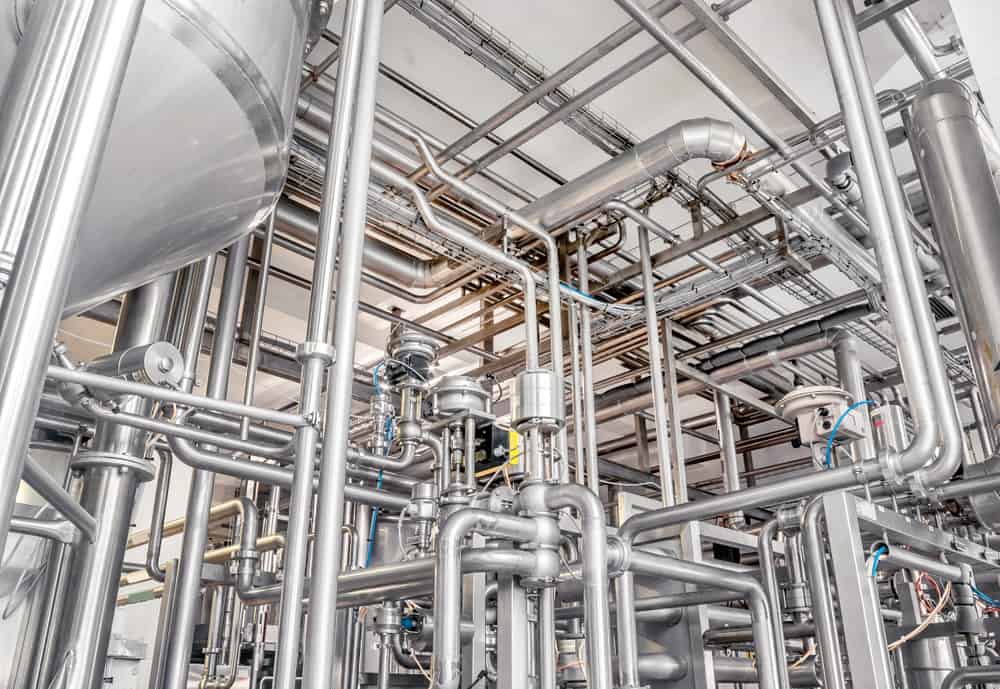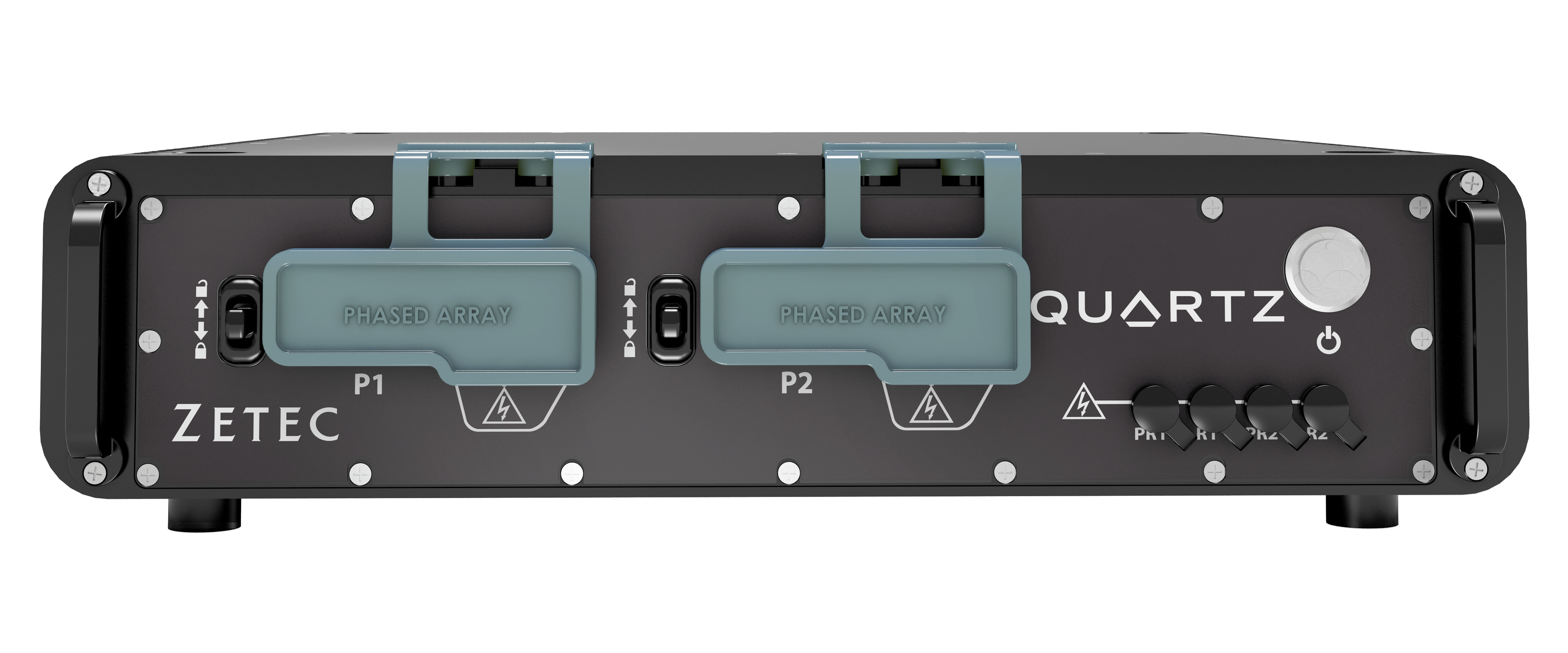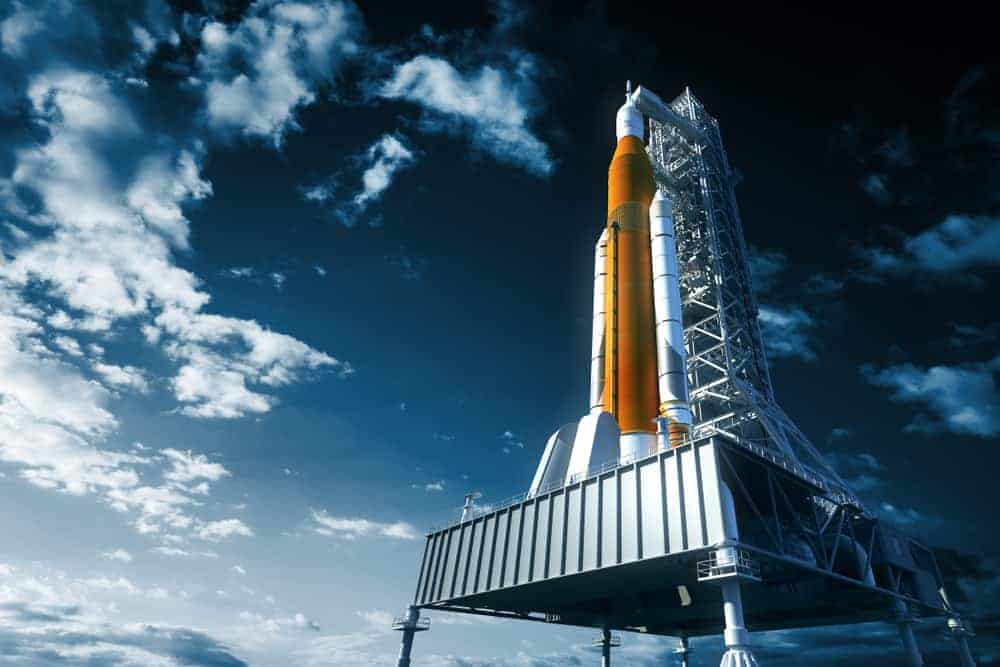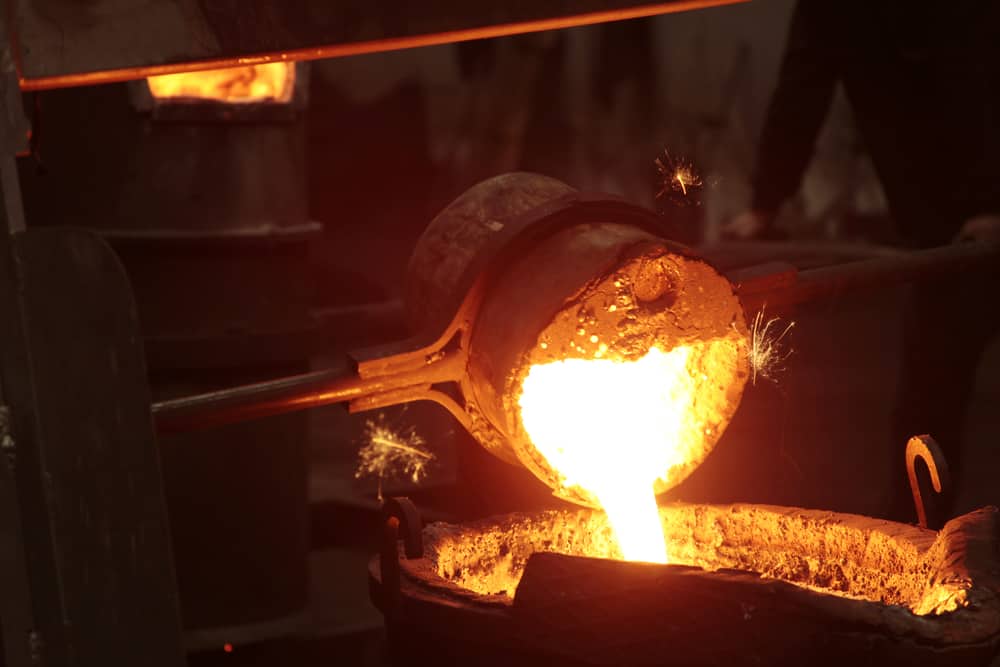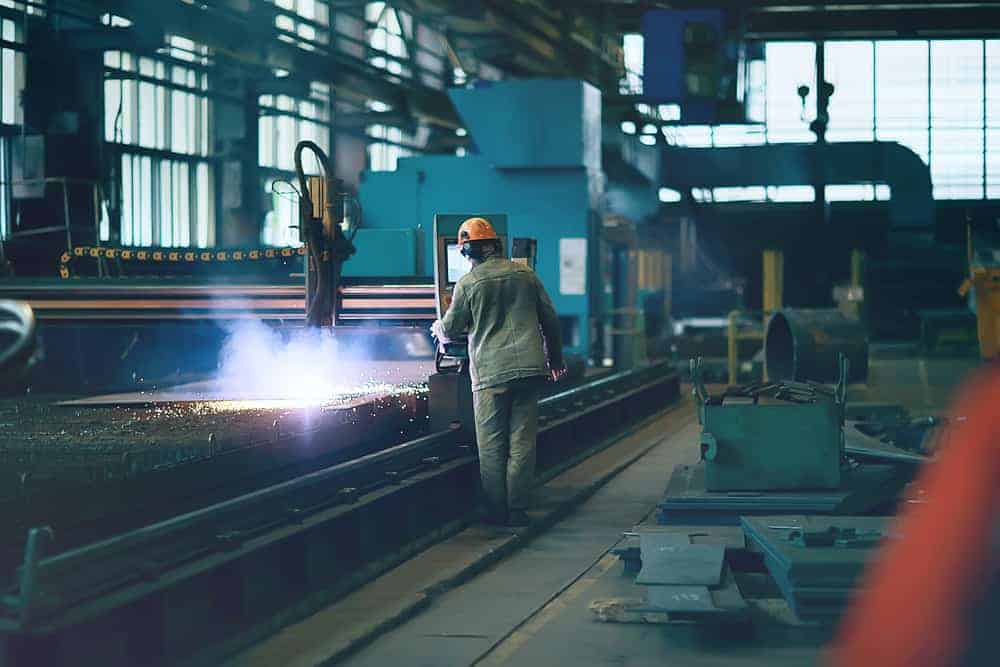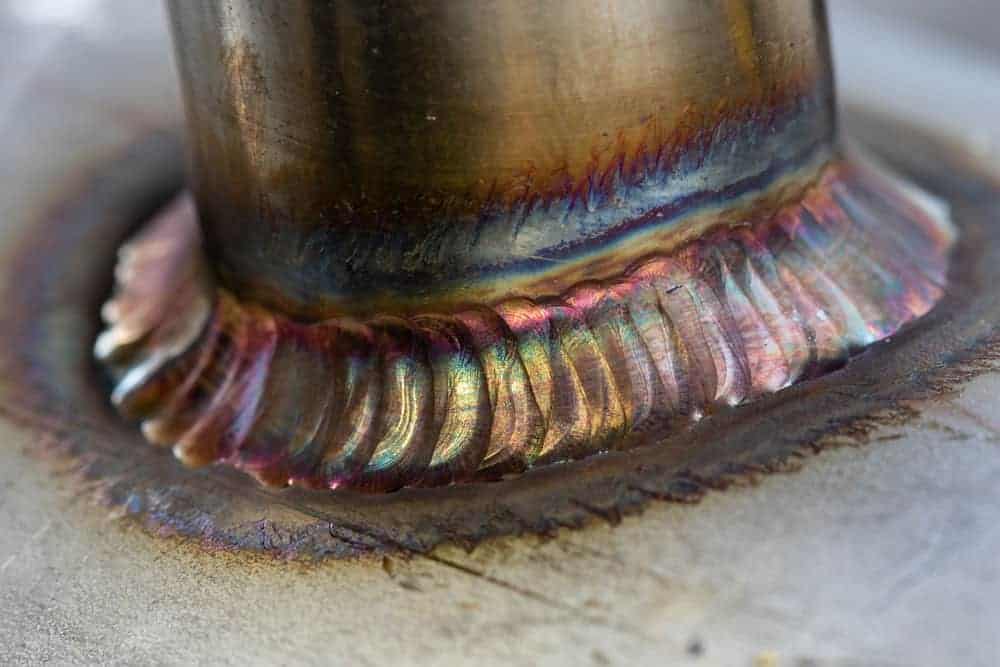When discussing pipes and their maintenance, we usually think of oil and gas industries and the vast extent of pipelines that are on the rise. But there is more to the application of pipes than just petroleum transport. For example, they are commonly used in nuclear, biopharmaceutical manufacturing, and food and beverage industries, all heavily dependent on pipes and tubes for proper operation. This also gives rise to the need for pipe weld inspection in these industries.
Pipes and welds in such industries can be required to adhere to strict sanitary and structural standards. To serve this need materials such as steel, or other austenitic materials are mostly used. To examine if the weld performed in such pipe materials are strong, flawless, and pure, various non-destructive testing (NDT) technology can be used.
Ferritic and Austenitic Metal Pipe Welds
Carbon steel has been a go-to material for industries when it comes to piping for excellent structural integrity. However, carbon steel pipes don’t quite fit the role for industries such as biopharma and food processing, where sanitation and purity are the topmost requirements. In addition, the corrosive behavior of the metal can be an issue that can be further exacerbated by acids and bases in the food or chemical content. Ferritic and austenitic stainless steels are thus preferred due to their corrosion-resistant properties.
Austenitic and ferritic metals can provide a similar structural strength as carbon steel while adding corrosion-resistant features to the equation. The weld priority of these pipe materials can, however, be unique due to their varying microstructures.
Ferritic generally have poorer weldability than austenitic metals. So, welding such material can result in loss of toughness and ductility while increasing the possibility of hot cracking and embrittlement in the heat-affected area. Similarly, for austenitic metal with low thermal conductivity properties, heat input during welding requires careful consideration. They are also equally susceptible to corrosion and microcracking.
Any flaw developed due to inaccurate weld can cause contamination which is a major concern for industries adhering to strict sanitary regulations. To avoid such a situation, pipe weld inspection with NDT is befitting.
NDT for Pipe Weld Inspection Ensures Industry Standards
Pipe weld inspection of stainless steel can have technicians looking out for flaws such as microcracking, corrosion, inclusion, and lack of fusion. These are all the results of an improper weld process. While visual, magnetic particle and radiographic testing have been used, industries are increasingly choosing ultrasonic (UT) and eddy current (EC) testing methods.
EC inspection method is favorable in identifying surface or near-surface flaws such as microcracking. As the eddy current is induced in the metal, the variation in the magnetic field can be detected, indicating the possibility of cracks in the surface that may not be obvious during visual inspection. Similarly, using the PAUT (Phased Array Ultrasonic Testing) method, in-depth flaws such as inclusions, lack of weld fusion, cracks, and pores can be easily identified with the help of ultrasonic waves traveling within the pipelines.
The utilization of these inspection techniques is important if operational efficiency is to be maintained and contamination avoided. Contamination can pose severe health risks to the consumer. EC and UT can help industries avoid this situation by detecting flaws pre-installation and periodically while in-service.
Maintaining Safety and Sanitary Standards with NDT
Once welded, NDT solutions can help in analyzing the quality of the pipes and tubes. Through periodic inspection, flaws developed with time can be detected, initiating the need for repair and maintenance. NDT methods like EC and UT can ensure pipe weld inspection in-service with minimal disruption of the operation. Through effective inspection, any source of contamination can be easily eliminated, helping industries meet their sanitary standards and maintain their cost-effectiveness and productivity.
Zetec can support your pipe weld inspection needs with advanced EC and UT equipment on the market. For more information, contact Zetec today to get a custom NDT plan that can serve your industrial sanitary requirements.

Zetec’s designers are industry-leading experts in ultrasonic and eddy current technologies, and we can help you navigate any of our NDT testing solutions or devices.

